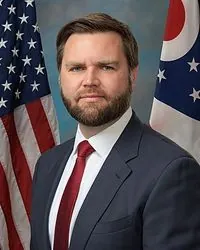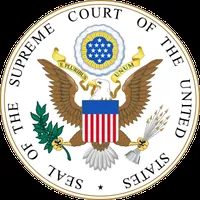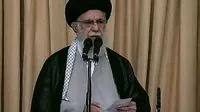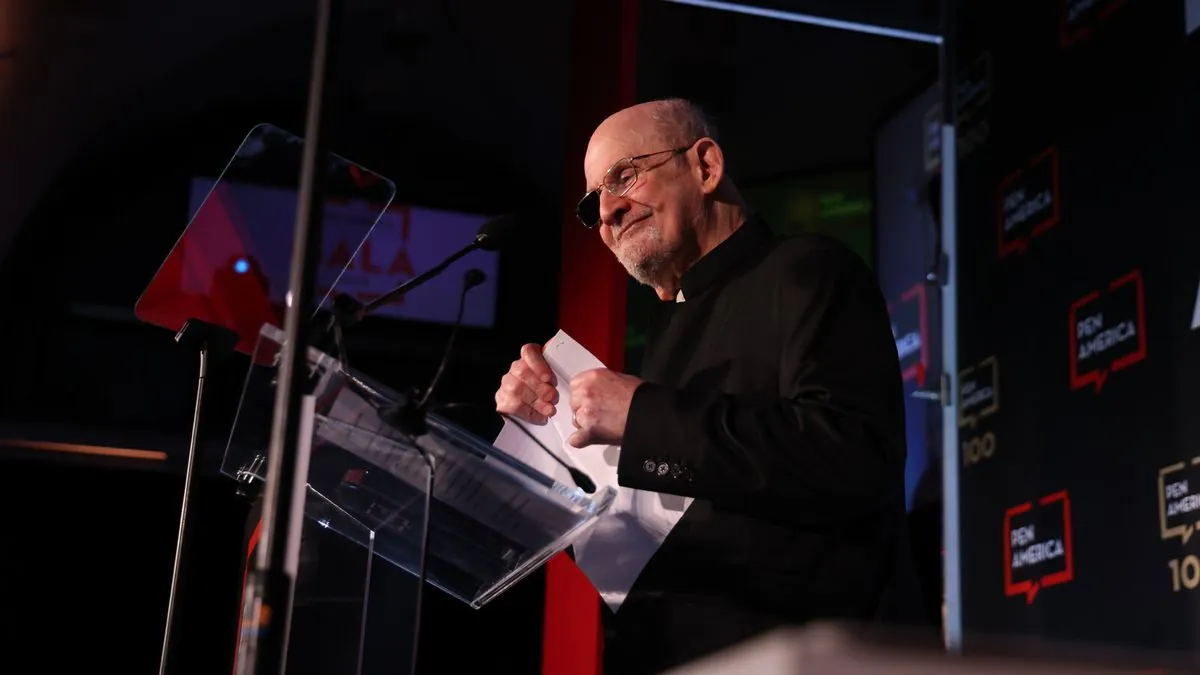Supreme Court Upholds EPA's New Air Pollution Regulations
The U.S. Supreme Court has declined to halt new EPA rules targeting mercury and methane emissions, despite challenges from states and industry groups. The decision maintains regulations aimed at improving public health and combating climate change.
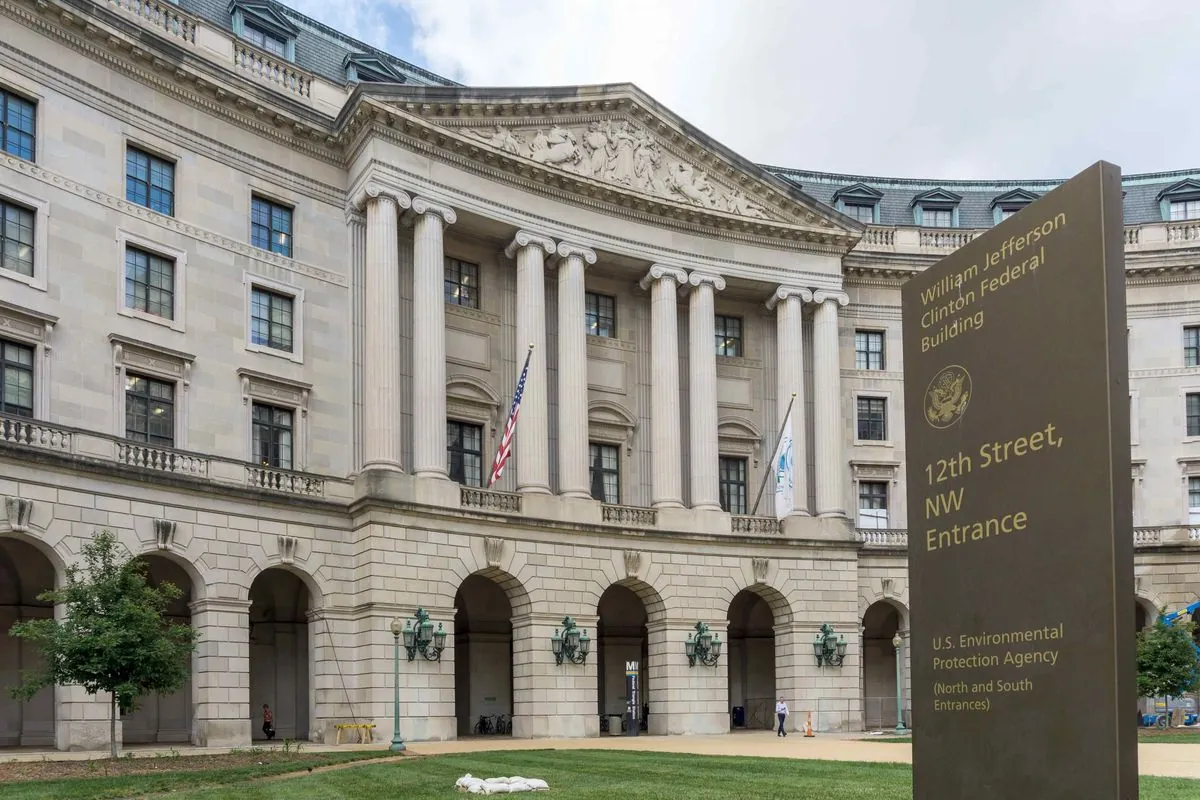
The U.S. Supreme Court has rejected emergency requests to suspend new air pollution regulations implemented by the Environmental Protection Agency (EPA). This decision, made on October 4, 2024, allows the EPA to proceed with stricter limits on mercury and methane emissions while legal challenges continue in lower courts.
The new regulations, established under the Clean Air Act of 1963, target emissions from coal-fired power plants and oil and gas production facilities. The mercury rule aims to reduce emissions of toxic metals from coal plants by 67%, with a 70% reduction specifically for lignite coal plants. Lignite, a type of coal with lower energy content, is known to produce higher levels of pollutants.
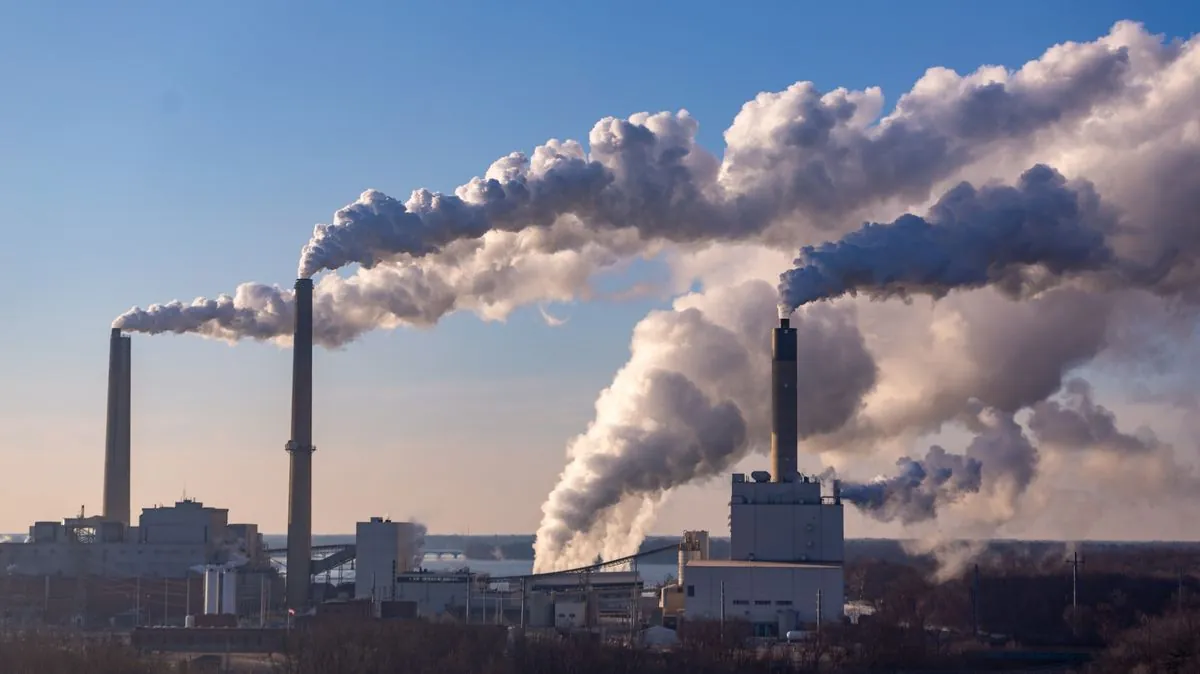
For the oil and gas sector, the methane rule restricts flaring, a process of burning excess natural gas at production sites. It also mandates leak monitoring at well sites and compressor stations, while introducing a program to detect and report large methane releases from "super emitters" - a small number of sources responsible for a disproportionate amount of emissions.
Challengers, including several Republican-led states and industry groups, argue that the EPA has overstepped its authority. They contend that the new rules threaten the U.S. electricity supply and infringe on states' rights to establish emissions standards. However, the EPA defends its actions, stating that the regulations will benefit public health and the climate.
"These rules are crucial for reducing the risk of heart attacks, cancer, and developmental delays in children caused by mercury pollution. Additionally, controlling methane emissions, which have a global warming potential 28-36 times that of CO2, can have an immediate impact on limiting climate change."
The EPA, established in 1970 by President Richard Nixon, has faced several legal challenges in recent years. In June 2024, the Supreme Court blocked the agency's "Good Neighbor" rule, which aimed to reduce interstate ozone pollution. In 2023, the court limited the EPA's authority to protect wetlands, and in 2022, it restricted the agency's power to regulate carbon emissions from power plants.
Despite these setbacks, the EPA continues to pursue its mandate under the Clean Air Act. This landmark legislation requires the agency to set National Ambient Air Quality Standards for six common air pollutants, known as criteria air pollutants. The act also distinguishes between stationary sources like power plants and mobile sources such as vehicles.
The Supreme Court's decision to allow the new regulations to proceed is significant, given its recent history of limiting EPA authority. With its 6-3 conservative majority, the court has been scrutinizing the extent of the agency's powers. However, this latest ruling suggests a nuanced approach to environmental regulation.
As legal challenges continue in the U.S. Court of Appeals for the District of Columbia Circuit, often considered the second most powerful court in the country, the implementation of these new rules marks a crucial step in the ongoing effort to balance environmental protection with economic concerns.














